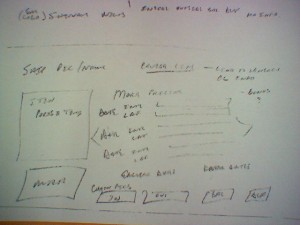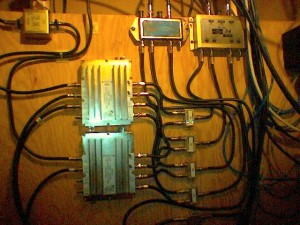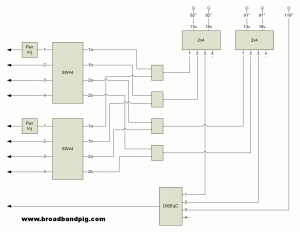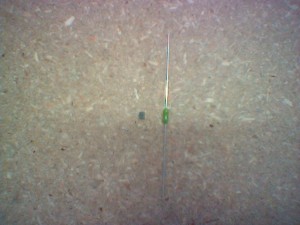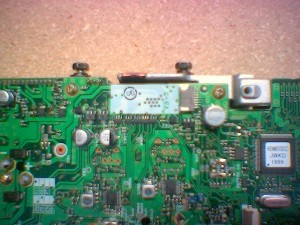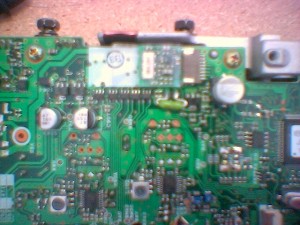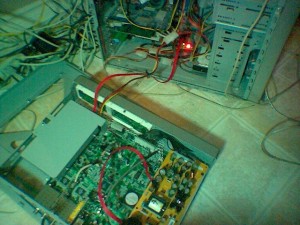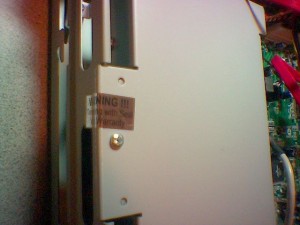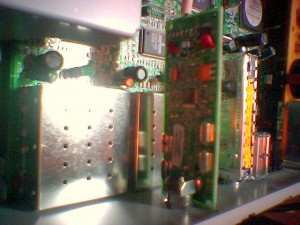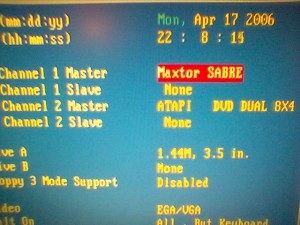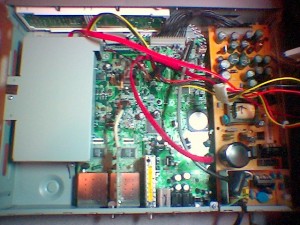As I blogged before, I’ve been having some fun with some Compaq Proliant DL360 servers we recently acquired. After fixing the Fedora Core 5 install issue on the first server, my second server installed correctly, but upon booting up, it only recognized a single processor. No matter what I tried, it wouldn’t see the second processor. I even tried taking the drives from the working machine and putting them in this one. The problem stayed with the hardware.
After attempting BIOS upgrades, BIOS downgrades, system partition re-creates, etc, I finally broke down and did a systematic line-by-line comparison of BIOS settings to see if there was anything going on. There’s a BIOS setting labelled “Operating System”. On the working machine, this was set to “Windows 2000” (I never bothered changing the setting from when I acquired the machine). On the broken machine, it was set to “Other”. I have no idea what deep underlying changes this setting makes, but for Fedora Core 5 on a Compaq DL360, it needs to be set to “Windows 2000”. Crazy.

